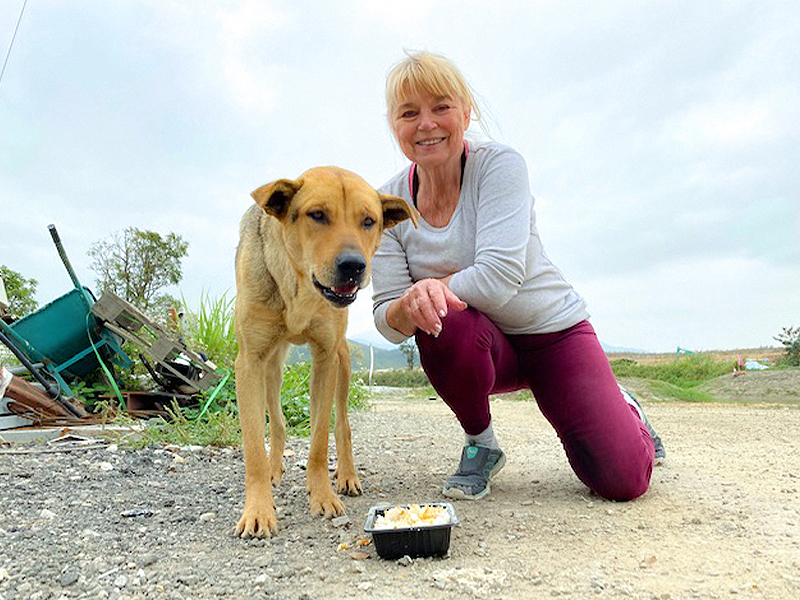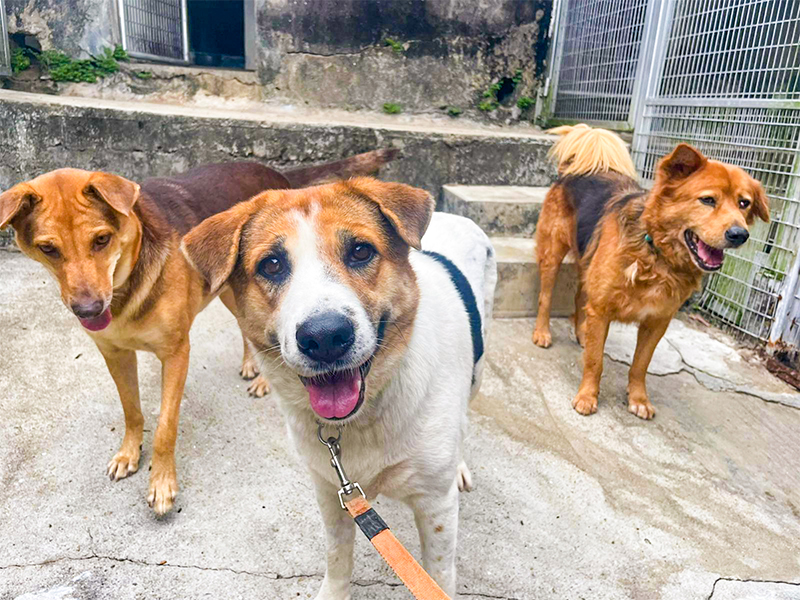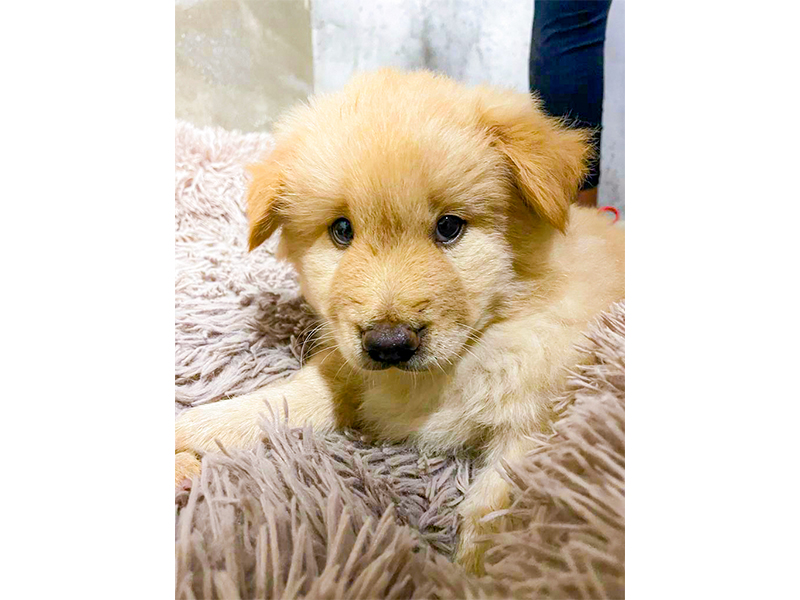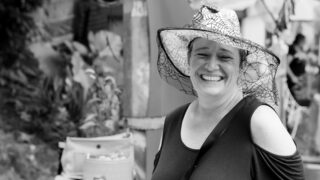Australian NARELLE PAMUK started the Sai Kung Stray Friends Foundation (SKSFF) in 2014. This Hong Kong non-profit organisation rescues abandoned, sick and injured dogs, looks after them, and tries to find kind and responsible adopters for them. We chatted with Narelle about her work with the charity.
Where are you originally from and where else have you lived?
I’m from Sydney, but before relocating to Hong Kong 25 years ago, I spent 14 years on tropical Magnetic Island in North Queensland.

What is the mission or aim of Sai Kung Stray Friends Foundation?
To help dogs have a better life! Give us an insight into some of the things you do. I first established the shelter, called The Home of Stray Friends, in the foothills of Tai Lam Wu, Sai Kung, in 2009. Today, it is a caring and loving home to approximately 200 rescued dogs, including homeless strays and sick, injured and abandoned animals.
Our welfare mission on the border between Hong Kong and mainland China has been making huge improvements to the lives of dogs who live on and around the fish farms in that area. As part of our work, we undertake dog desexing to control breeding, along with vaccinations and preventative care. One day a week, we take cooked chicken and rice to the dogs on the fish farms and provide 13 bags of dry food to the sites.
You also run a programme called Meals on Wheels; tell us about that.
Every day, 365 days a year, we provide Meals on Wheels to street dogs or “loosely owned” dogs in the local Sai Kung area. They are provided with cooked food and water and we make sure they have shelter and warmth. Twice a week, volunteers drive cooked food and bags of dry food to 40 dogs on the border. What do you get out of the work you do at Stray Friends? This work is pure devotion – it’s a full-time commitment. When you get involved, you realise how much help and care homeless, sick and neglected dogs need. They are so grateful and appreciative. It’s their unconditional love and the feeling of helping these innocent animals to have a happy and healthy life that is my gratification. These are dogs that don’t choose to be born; it’s tough for a homeless dog to survive against hunger, injuries, harsh weather conditions and more. They all want to belong and to be loved. Our world can and should do more to help animals.
Tell us about some of your achievements to date.
It’s been an exceptionally hard struggle and stressful for many years, with high running costs and medical expenses. Just surviving against all the obstacles – especially over the past few years with everything going on – has been a big achievement!
But we have also continued to work on making our shelter a beautiful home for dogs, expanding enclosures and adding new sections, and looking after repairs and improvements. Every dog we help is an achievement! Is there a particular drive or focus that you’re pushing at the moment? Yes, to desex and vaccinate dogs in order to stop the outof-control breeding in Hong Kong. We also want to educate people around their responsibility and duty of care we have to the animals, and the importance of desexing, so that animals and humans can live in the same place in harmony.
How can readers contribute or volunteer?
We have a manpower shortage, so we always welcome volunteers to help at the shelter. We need drivers to help with transporting dogs to clinics, plus assist with events, street hawking and rescue work, which can be any time of the day or night.
If you’re not in a position to provide physical help, you could consider becoming a monthly donor – this is also very supportive of the foundation. Find out more details about this at saikungstrayfriends.com/payment-options.
You can also follow SKSFF on Facebook and Instagram, and give a like or a comment, as that can help a dog to get a home too!
A note on vets bills
Narelle says that covering medical expenses is a continual hardship for the organisation – “But we have to help our dogs regain and retain their health.” Here are some figures of veterinary costs from recent months to give an idea of just how costly it can be to look after neglected dogs.
Concordia Pet Care
September – $186,040.50
October – $134,244.65
Village Vets Sai Kung
September – $61,808
October – $84,553
Family Vet Fo Tan
September – $14,844
Narelle says, “With 200 dogs in our facility, desexing and vaccinating them is a significant component of our costs. But, the more dogs we desex, the more we reduce animal suffering and the risk of their disposal.”
To find out more about Sai Kung Stray Friends Foundation (91/13180), visit saikungstrayfriends.com or Facebook/ Instagram @saikungstrayfriendshk. You can contact Narelle at 9199 2340 or saikungstrayfriendshk@gmail.com.
This article first appeared in the Winter 2022/23 issue of Expat Living magazine. Subscribe now so you never miss an issue.








